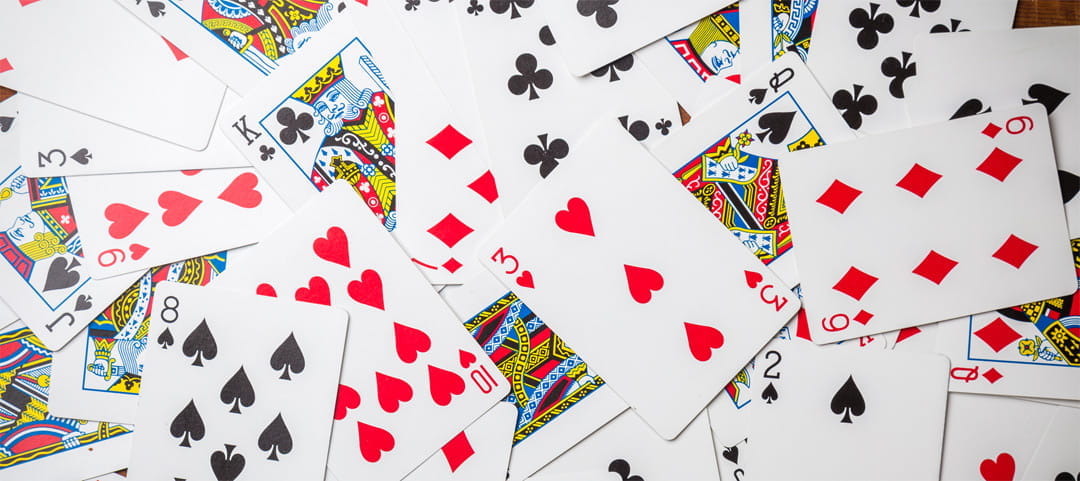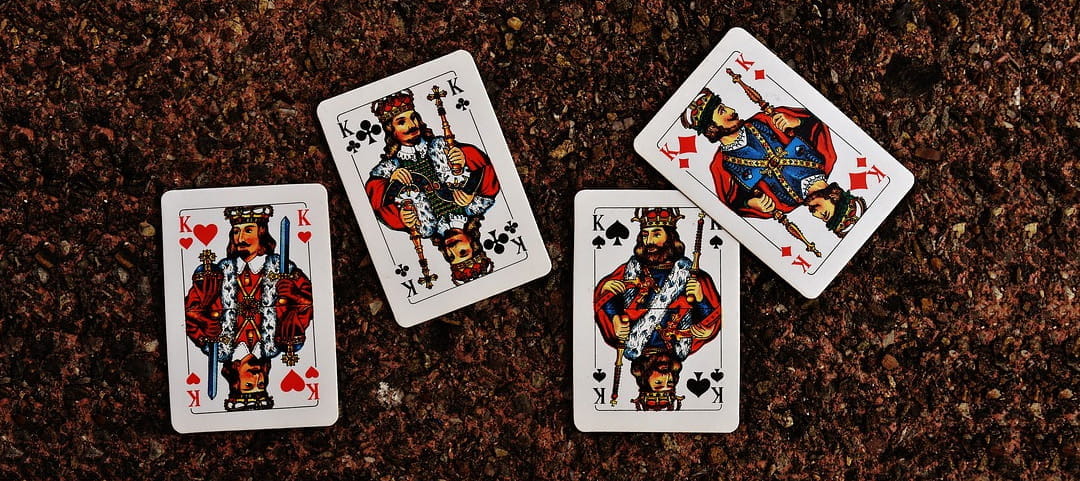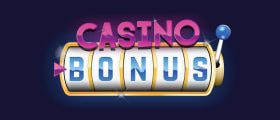10 Card Facts
June 11, 2020 Tony ChristopherMost of you have probably held a deck of playing cards in your hands, some time or another in your life. But did you actually consider that you are holding a marvel of engineering, history, and design? Playing cards have been around for centuries and almost every corner of the globe has laid claim to their invention, evolution and popularisation. Nowadays, playing cards are everywhere and a deck of cards can be found in nearly every single household. They are one of the most universal game tools around. But how much do you actually know about cards?

Despite their simplicity, cards and card games have evolved through time and have always managed to be a main part of the gaming and entertainment development of the world. In the following paragraphs, we will tell you 10 card facts, that will surprise and delight you.
#1. Origins
There are a lot of theories of where the first deck of playing cards appeared, but the most common opinion is that the earliest paper playing cards were found in China in the 7th century. At first, cards were decorated with various symbols, such as horses, fish, rabbits, pheasants, and crows. The initial invention of the playing cards was a result of the usage of woodblock printing technology. The idea of playing cards became widely popular and accepted in society. Throughout the following centuries, playing cards spread to India, Persia, Egypt, and then during the 14th century in Europe, developing their own unique variations along the way.
#2. Evolution of the Colours
Playing cards gained popularity in Egypt during the era of Mamluk control. The Mamluks initially developed the 4 suits variety of cards. They were known as cups, coins, swords and polo-sticks. These suits then evolved into leaves, hearts, bells and acorns. This variant then evolved into the French variety of trèfles, carreaux, cœurs, and piques, also known as Clubs, Diamonds, Hearts and Spades.
#3. Mathematical Shuffles
Have you ever shuffled a deck of cards? There are so many methods to shuffle cards, and every person has his own way to mix up the cards in the deck so that they can place in random order. But have you ever wondered how many possible ways are there to arrange a card deck? Well, it’s a number greater than the atoms on earth. How many exactly? The way to calculate that is by multiplying 52x51x50x49x48x47…x3x2x1 (52 factorial). The exact answer is 80658175170943878571660636856403766975289505440883277824000000000000. This means that even if you shuffle a new arrangement every single second, it will take you millions of years to cover every possible combination. Even the most famous gamblers in the world use the cards shuffle technique. So next time you have a deck of cards in your hands, and you give them a little shuffle, think about how unique that arrangement really is.
#4. Coincidence?
Let’s do a spelling test – Ace, Two, Three, Four, Five, Six, Seven, Eight, Nine, Ten, Jack, Queen, King. If you take a regular deck of cards (minus the Jokers), and you start spelling the names of all the cards from Ace to King, dealing off one card every time, the very last card you will deal for the G of King will be the final card in the deck. This means that the total number of letters in the values of all the cards happens to add up to exactly 52. Coincidence? We doubt it.
#5. Casanova
You must have heard the stories of Casanova, the world’s most famous lover, and womanizer. But he didn’t only have a love for the ladies, he also had a love for cards. His fascination with playing cards is mentioned numerous times throughout his memories. in his native Venice, he regularly played card games on the streets and loved to play across casino clubs in Europe. In those times, many people from nobles to servants were preoccupied with playing cards. They placed big bets and tried to outplay their opponents. Casanova, who actually was a lot more than just a womanizer, as he was extremely intelligent and creative, easily made regular profit.
#6. What do the Picture Cards Represent?
The Jacks, Queens, and Kings in a single deck might look like random illustrations, but actually, they represent real historical monarchs. Each King represents a great leader from history:
- King of Hearts – Charlemagne, king of France and the first Holy Roman emperor
- King of Diamonds – Julius Caesar, populist Roman dictator and military general with a critical role of the rise of the Roman Empire
- King of Clubs – Alexander the Great, the king of Macedonia, considered one of history’s most successful military commanders
- King of Spades – King David of Israel, honoured as an ideal king and the forefather of the future Messiah
The Queens and Jacks have been more varied, but the most popular and common theories of representation are:
- Queen of Hearts – Judith, biblical figure
- Queen of Diamonds – Rachel, biblical figure
- Queen of Clubs – Argine, an anagram for Regina (Latin for queen)
- Queen of Spades – Athena, the Greek goddess of war
- Jack of Hearts – La Hire, famous French warrior
- Jack of Diamonds – Hector, mythological hero of the ancient Greek poem Iliad
- Jack of Clubs – Sir Lancelot, the most famous, brave and noble knights of the Round Table
- Jack of Spades – Ogier the Dane, legendary hero of the Chanson de geste
#7. Knaves
What we know as a jack now was originally called a knave (meaning a male servant of royalty). This was changed in 1864 due to the probability of confusion in the card abbreviations. The abbreviation for a knave was ‘Kn’. Because it was too similar to the ‘K’ used for the King, American cardmaker Samuel Hart was the first who published a deck using ‘J’ instead of ‘Kn’ to designate the lowest ranking court card. Nowadays, the Jack can be also called a Valet, which term originated in France.
#8. Kings
The King of Hearts is also known as the Suicide King, because of the design of the card. Most illustrations show the king ramming a sword in his head. Originally, the king of France Charlemagne, also known as Charles, was charging into action, with his sword raised and ready to strike. However, with graphics and printing being what they were at the time and because of the small space above the head, the sword arm got smooshed down, giving his today’s painful portrait.

The King of Diamonds is also known as the One-eyed King. While the other three kings are shown from the front, the King of Diamonds, also known as Caesars, is looking to the side. Another distinction is that where the other three kings have firm grips on their swords, Caesar’s axe is behind him, and not in his open palm.
#9. Symbolism
There are many examples of playing cards representing social classes. Many believe this is shown through the structure of the deck. Only the royalty, or court cards, are illustrated. The rest of the cards are just represented by their numerical value. Except for the court, the population of a kingdom was not that important in any other way than its’ quantity.
The four suits were believed to represent the four pillars of the economy in the middle ages. The Spades represent the military, the Hearts – the church, the Clubs – agriculture and the Diamonds represent trade.
One more example of the social symbolism in a deck of cards is in the value of the ace. Originally, the ace was the lowest card, until the French Revolution, after which it became the highest and strongest card, as a tribute to the peasantry overthrowing the aristocracy.
#10. Guinness Card Records
To finish up our 10 card facts article, we will tell you about some of the most interesting Guinness World Records with playing cards.



